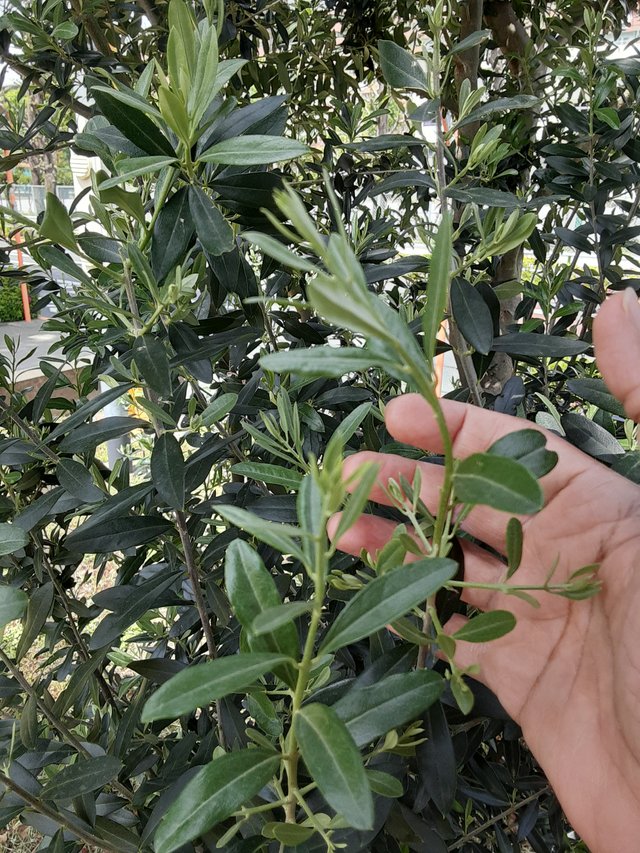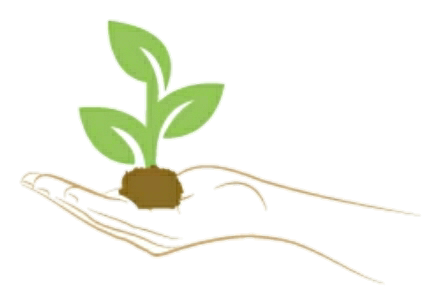The olive tree, with its silvery-green leaves and potential health benefits, a Mediterranean staple offering not just delicious fruit but also a source of intriguing botanical uses

Olea europaea, commonly known as the olive tree, is a truly remarkable plant with a rich history and significant cultural presence. It's not just about the delicious olives we enjoy on pizzas and salads; olive leaves themselves have interesting characteristics and potential uses.
The Olive Tree: A Mediterranean Staple
Origin and Habitat: Olive trees are native to the Mediterranean basin, but human cultivation has spread them to most subtropical and warm temperate regions around the world. They thrive in warm, dry climates with well-drained soil and are known for their longevity, with some trees surviving for centuries.
Description: Olive trees are evergreen, meaning they retain their leaves year-round. They can grow quite large and majestic, reaching heights of 20-40 feet (6-12 meters) or more. The leaves are lanceolate, meaning long and pointed, with a silvery-green color on the underside and a darker, glossy green on top.
Olive Leaves: Olive leaves are a key part of the tree's biology and have several interesting properties:
- Adaptation: The silvery underside of the leaves helps reflect sunlight and prevent excessive water loss, an essential adaptation for the hot, dry climates where olive trees thrive.
- Bitterness: The leaves contain a bitter compound called oleuropein, which is thought to deter pests and contribute to the tree's disease resistance.
- Potential Health Benefits: Studies suggest that oleuropein and other compounds in olive leaves may have antioxidant, anti-inflammatory, and other health benefits. However, more research is needed to confirm these potential benefits and understand the optimal use of olive leaf extracts.
Uses of Olive Leaves
Olive leaves have a variety of potential applications beyond their role in the olive tree itself:
- Culinary Uses: While not as common as olive oil, olive leaves can be used in various culinary ways. They can be pickled, brined, or brewed into a tea. The bitter flavor is often used to complement strong-flavored dishes.
- Traditional Medicine: In traditional medicine practices, olive leaf extracts have been used for a variety of purposes, including treating infections and lowering blood pressure. As mentioned earlier, more scientific research is needed to validate these uses.
- Cosmetics: The potential antioxidant and anti-inflammatory properties of olive leaves have led to their exploration in cosmetic products.
Olive leaves are a fascinating aspect of the olive tree. Their unique characteristics, potential health benefits, and various uses highlight the multifaceted nature of this remarkable plant.
Ref.:
 |  |
Upvoted! Thank you for supporting witness @jswit.